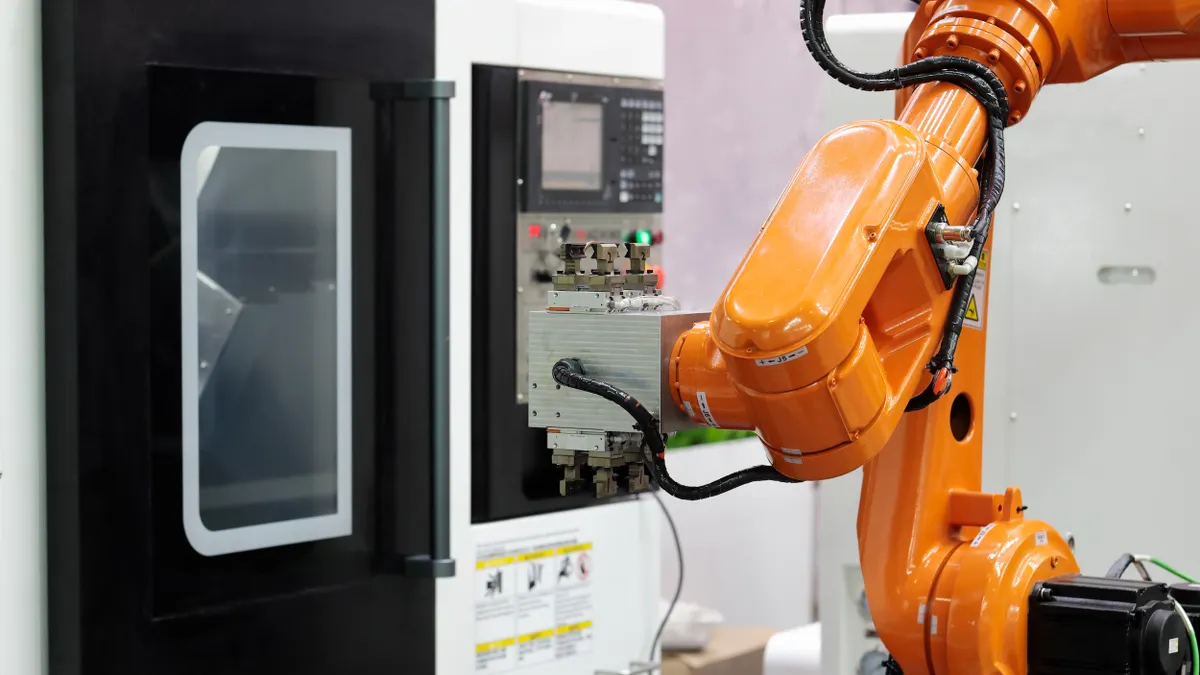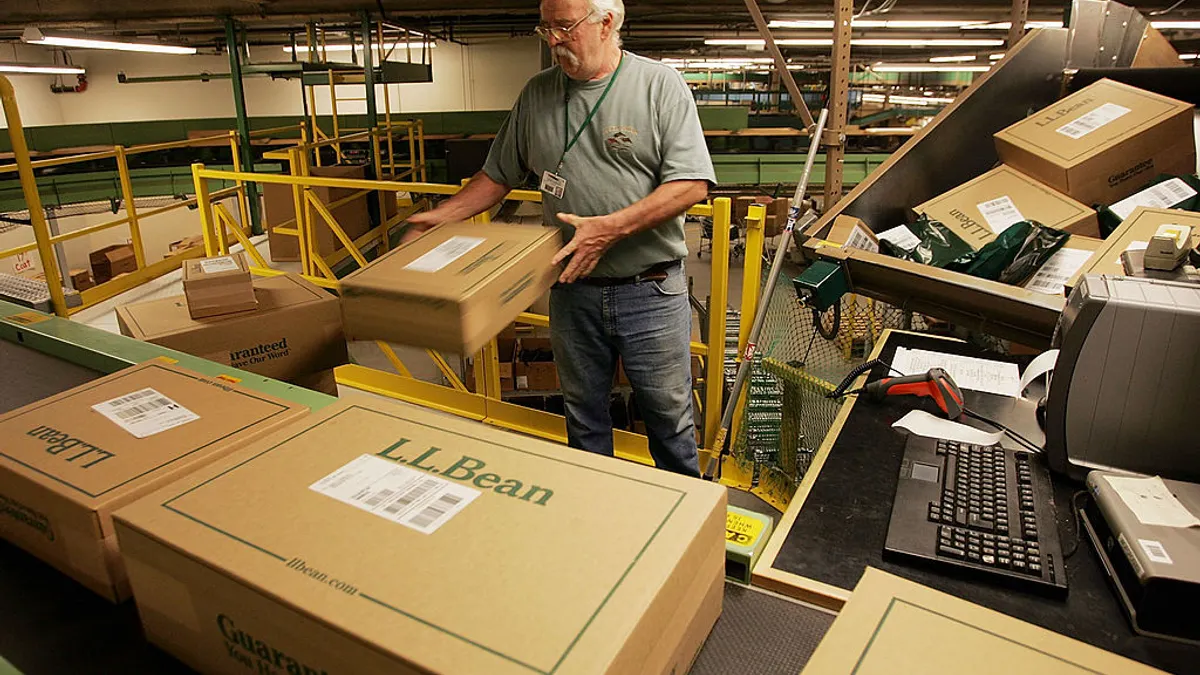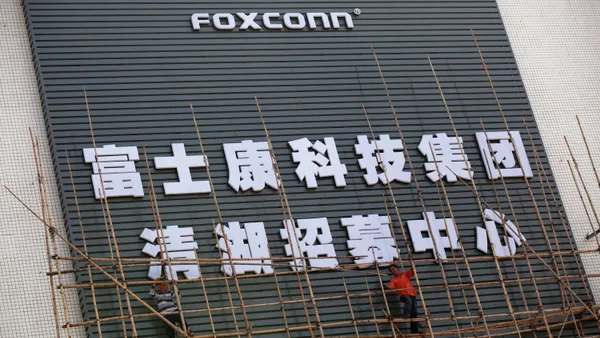Matteo Neri is a production manager at license plate manufacturer LicenSys Group and the author of “Beyond the Assembly Line.” Opinions are the author’s own.
Manufacturing is often seen as the art of doing things faster, better and cheaper. But in today’s complex industrial landscape, operational excellence is no longer just about efficiency — it’s about making smarter decisions in a system that is constantly changing.
That shift requires a different kind of leadership: one that sees the factory not just as a collection of machines and processes, but as a living system. And it is time we recognize the growing importance of systems thinkers on the production floor.
The limits of linear thinking
Traditional manufacturing metrics — overall equipment effectiveness, takt time, throughput — are powerful. But they can also encourage local optimization at the expense of global performance.
We fix bottlenecks without understanding their upstream causes. We digitize workflows without aligning them with customer priorities. We automate processes that may no longer need to exist.
These are not technical failures. They are thinking failures — symptoms of a linear mindset in a non-linear world.
Manufacturing today operates at the intersection of global disruption, regulatory pressure, ESG demands, labor shortages and constant technology innovation. In this environment, decision-making must be more holistic. What works in one part of the system might create dysfunction elsewhere.
Consider this: a change in packaging design to reduce plastic waste may increase complexity in the assembly line, slow down production and raise costs. A systems thinker anticipates those consequences and helps design a solution that works across functions — not just in isolation.
What makes a systems thinker?
Systems thinkers in manufacturing are not theorists. They are often production supervisors, continuous improvement specialists, engineers or planners who:
- Think in terms of cause and effect across departments
- Ask “why” repeatedly before acting
- Consider both technical and human factors in change initiatives
- Integrate feedback loops into decision-making
- See conflict not as dysfunction but as data
Systems thinkers do not just fix problems — they frame them in a broader context. And that leads to more resilient, scalable improvements.
Developing this mindset does not require hiring philosophers. It requires leaders who are willing to do three things:
- Teach teams to zoom out. Use tools like process mapping, failure modes and effects analysis, and scenario planning not just for compliance, but for insight.
- Break siloed goals. Align KPIs across departments so that what helps one function does not harm another.
- Reward long-term thinking. Recognize those who improve the whole system, even if it temporarily slows a single process.
At LicenSys, where I lead production, we piloted a weekly cross-functional “problem framing” session. Instead of rushing into solutions, we explored competing priorities across teams. The results? Fewer rework loops, faster root-cause identification, and stronger alignment between quality and throughput.
A new kind of leadership
Manufacturing has always been a technical domain. But the next generation of leaders will also need to be pattern recognizers, trade-off navigators and narrative builders.
We need people who can see a defect not just as a failed part, but as a signal of a broken assumption. Who can translate between engineers and executives. Who understand that every process is embedded in a larger story.
The future of manufacturing is not just automated or digital. It is interconnected. And those who thrive in it will be those who can think in systems, act with foresight, and lead with purpose.
Efficiency got us this far. Systems thinking will take us further.













